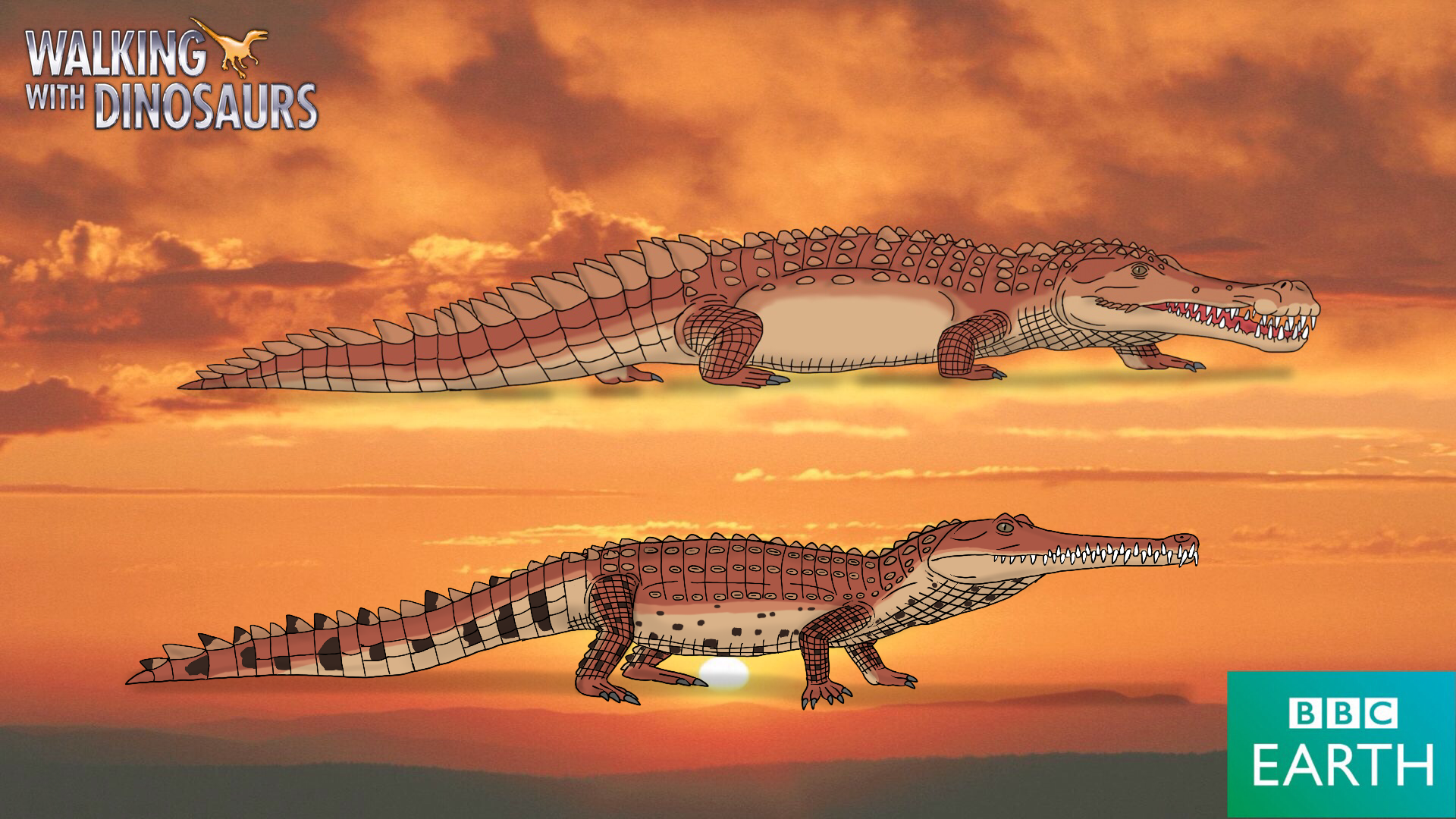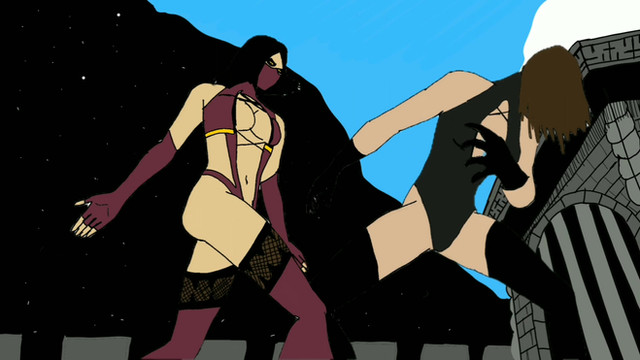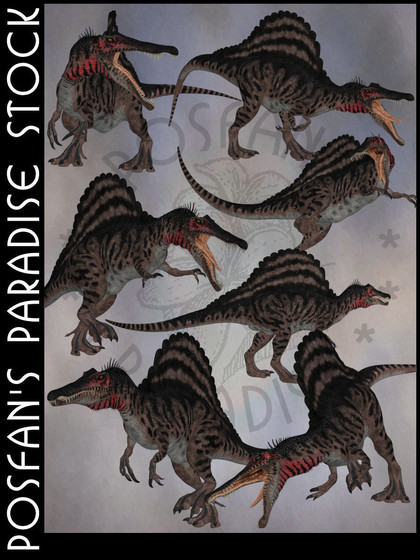HOME | DD
 TrefRex — Walking with Dinosaurs: Thoracosaurus
TrefRex — Walking with Dinosaurs: Thoracosaurus

Published: 2018-11-15 01:54:45 +0000 UTC; Views: 22195; Favourites: 244; Downloads: 0
Redirect to original
Description
Thoracosaurus neocesariensisNamed by de Kay, 1842 (as Gavialis) (Generic name by Joseph Leidy, 1852)
Diet: Carnivore and Piscivore (Prey included fish and small tetrapods)
Type: Neosuchian (Eusuchian, crocodilian gavaloid) crocodylimorph
Size: Estimated 20 feet (6 meters) long and 1 ton.
Region: North America (New Jersey, Montana, North Dakota, Georgia, and Maryland) and Europe (The Netherlands and France)
Age: Late Cretaceous to Early Paleogene (70 to 62 million BC; Maastrichtian to Danian of the Paleocene epoch)
Enemies: Large mosasaurs such as Mosasaurus when swimming in seas
Episode: Death of a Dynasty (as Deinosuchus as confirmed in the website and companion book, although it was dubbed as a crocodile)
Info: Appearing in the last days of the Late Cretaceous period, survived the infamous K-Pg (Cretaceous-Paleogene) Mass Extinction event 66 million years ago, and thrived up until Early Paleocene epoch of the Early Paleogene period around 62 million years ago, Thoracosaurus was a crocodilian that can grow up to more than 20 feet in length and lives in what is now Europe and North America, swimming in both salt and fresh water like today's saltwater and American crocodile as their remains were found in both freshwater and marine deposits. Its believed to be a primitive member of the gavialoid line that includes the modern-day gharial of India.
Note: Based on the Saurian Thoracosaurus. There's not that much about this reptilian predator and I could be wrong on some of the information here (the Region section was from the Fossilworks website). Also the size was from the information given by .
So yeah, its been, well, FOREVER since the last time I did WwD! Well its because I had such a very, VERY busy autumn and so forth. So I apologize about this OK folks!
Requested by
Walking with Dinosaurs is owned by BBC
Related content
Comments: 18

👍: 0 ⏩: 0

👍: 0 ⏩: 0

I cannot wait you to do Walking with Beasts creatures after you get done with Walking with Dinosaurs
👍: 0 ⏩: 1

He never said he would.
👍: 0 ⏩: 1

Well there are people asking me to do it though
👍: 0 ⏩: 2

That would be really nice to see your take on Walking with Beasts and, dare I say it, Walking with Monsters
👍: 0 ⏩: 0

Oh, never knew! Well, if it does become a thing, that'll be wonderful!
👍: 0 ⏩: 0

good to see you back.
so how many before the king?
👍: 0 ⏩: 1

Well the next animal is Avisaurus (replacing the Alexornis in the final level that's set in the Hell Creek Formation in the Wonderbook video game)
👍: 0 ⏩: 1

i see.
but is there a dozen, a handful left before rexy?
👍: 0 ⏩: 1

Well let's see:
Pachycepahlosaurus
Thescelosaurus
Edmontosaurus annectens
Torosaurus
Ankylosaurus
Triceratops
and... you guessed it... Tyrannosaurus rex
👍: 0 ⏩: 1

so 8 left. ok.
you see, i'm doing something similar to you. here's the process:
1. doing an rp with a friend that's like prehistoric park but in time line order. phase 1, age of reptiles.
2. take a select few from the missions and with help from daiuza, turn them into animals for my version of skull island
👍: 0 ⏩: 0





























